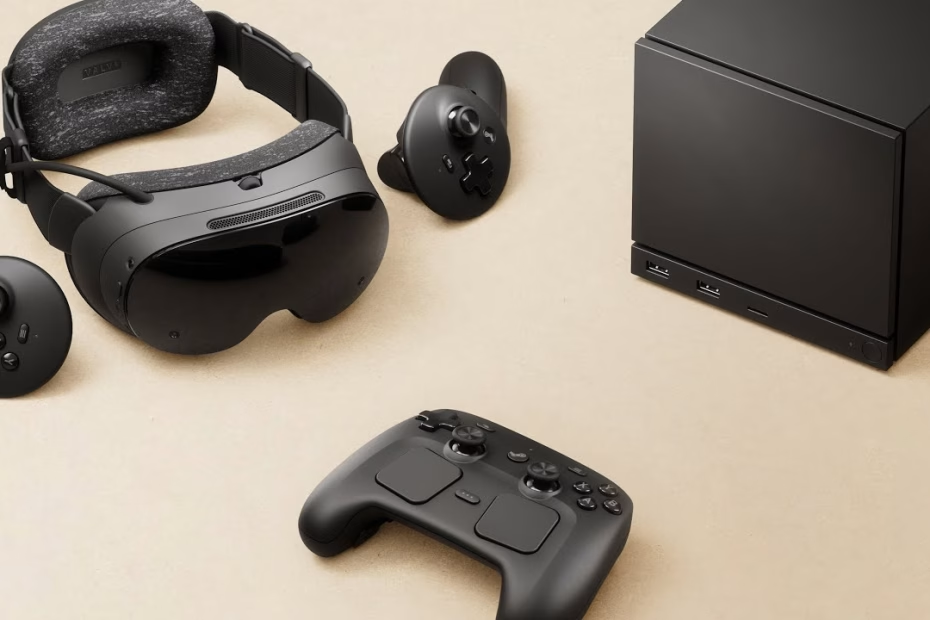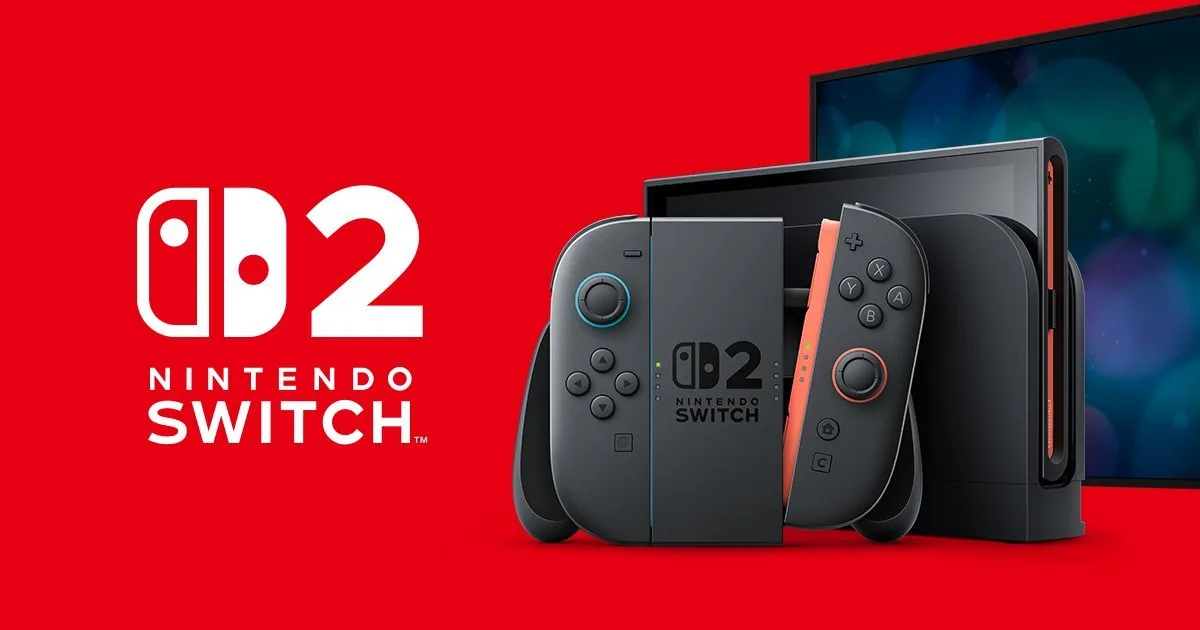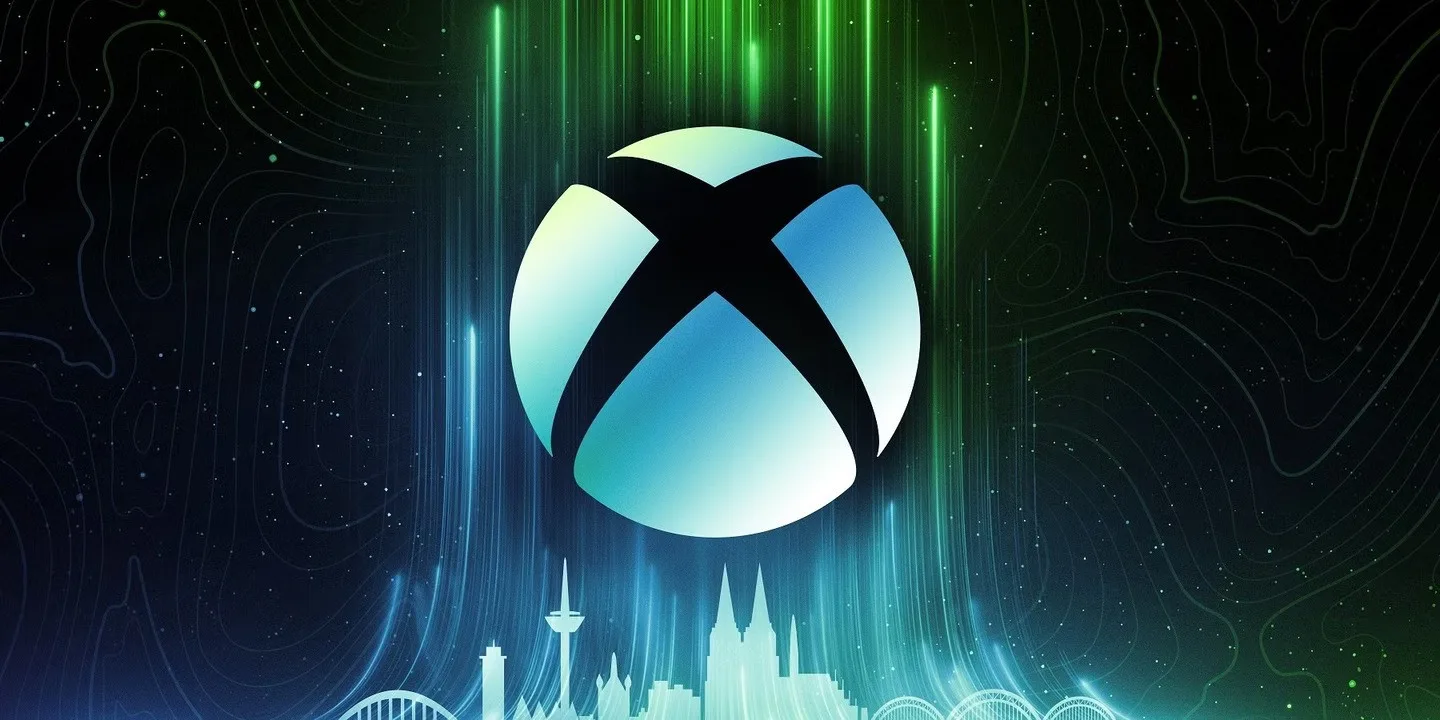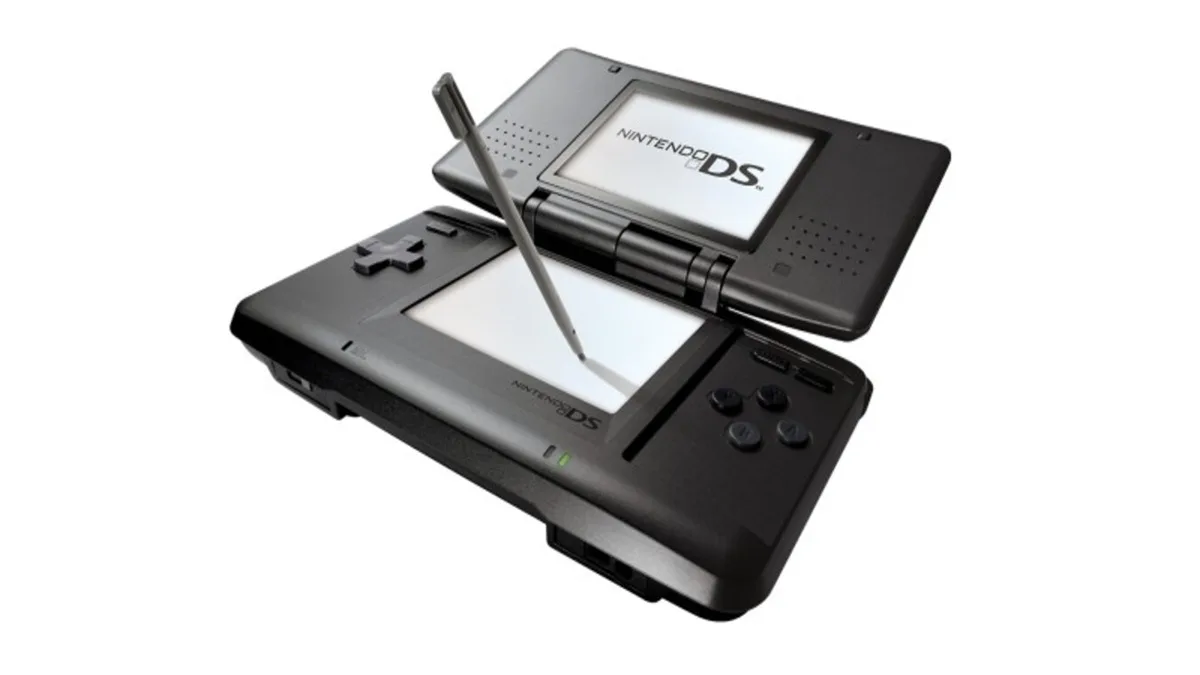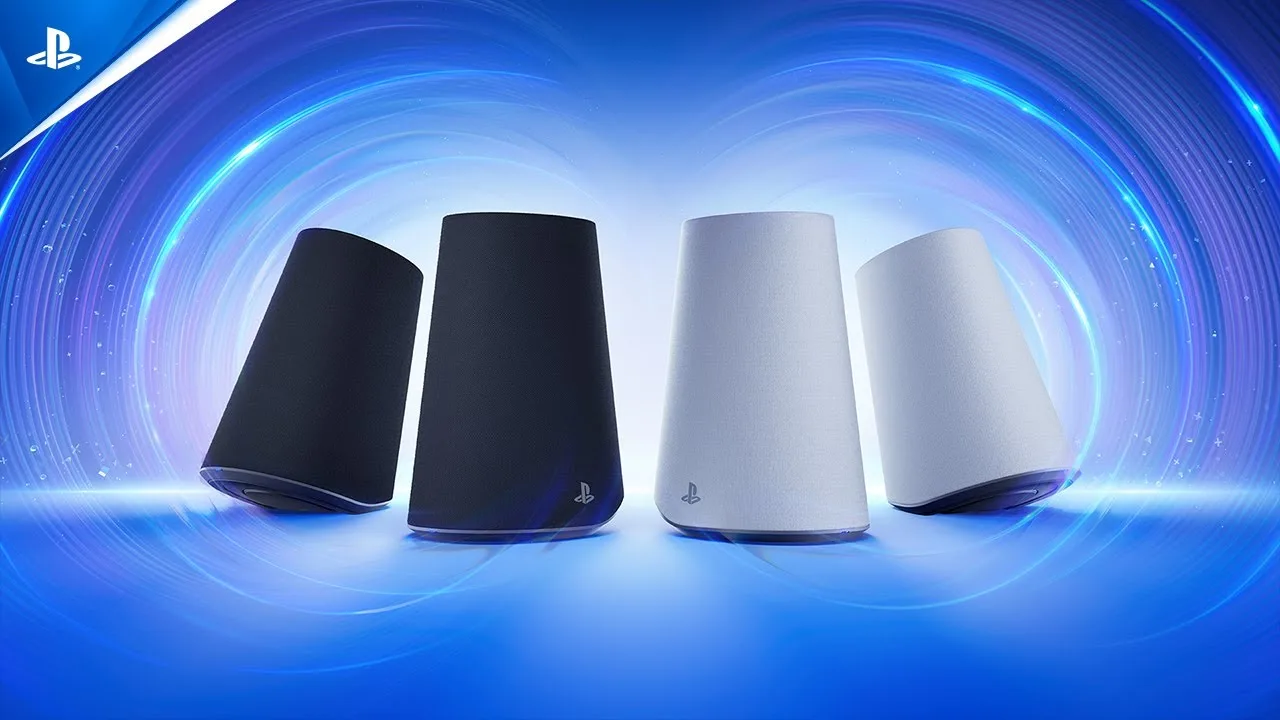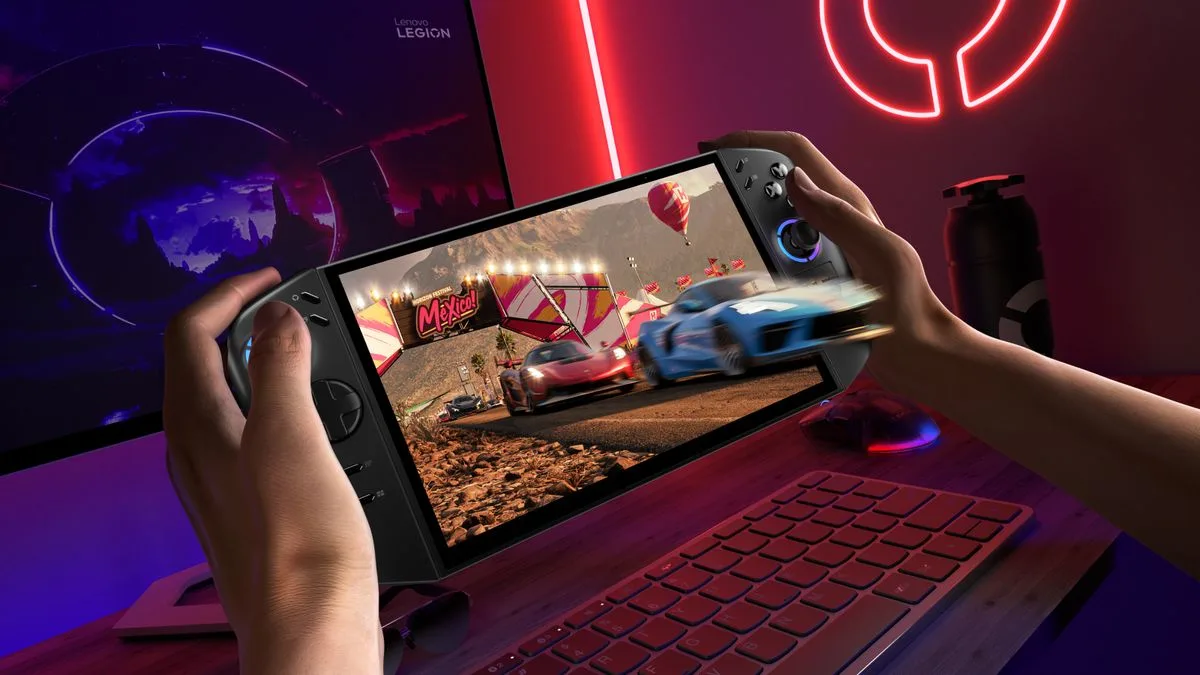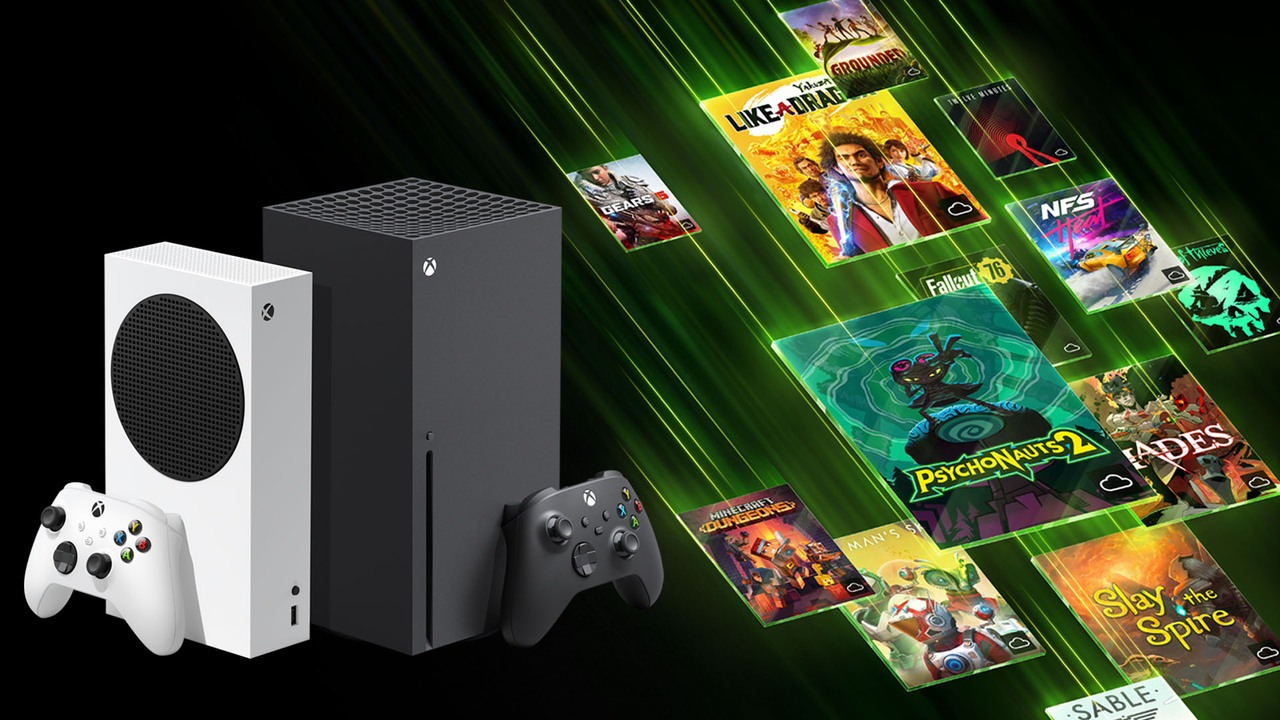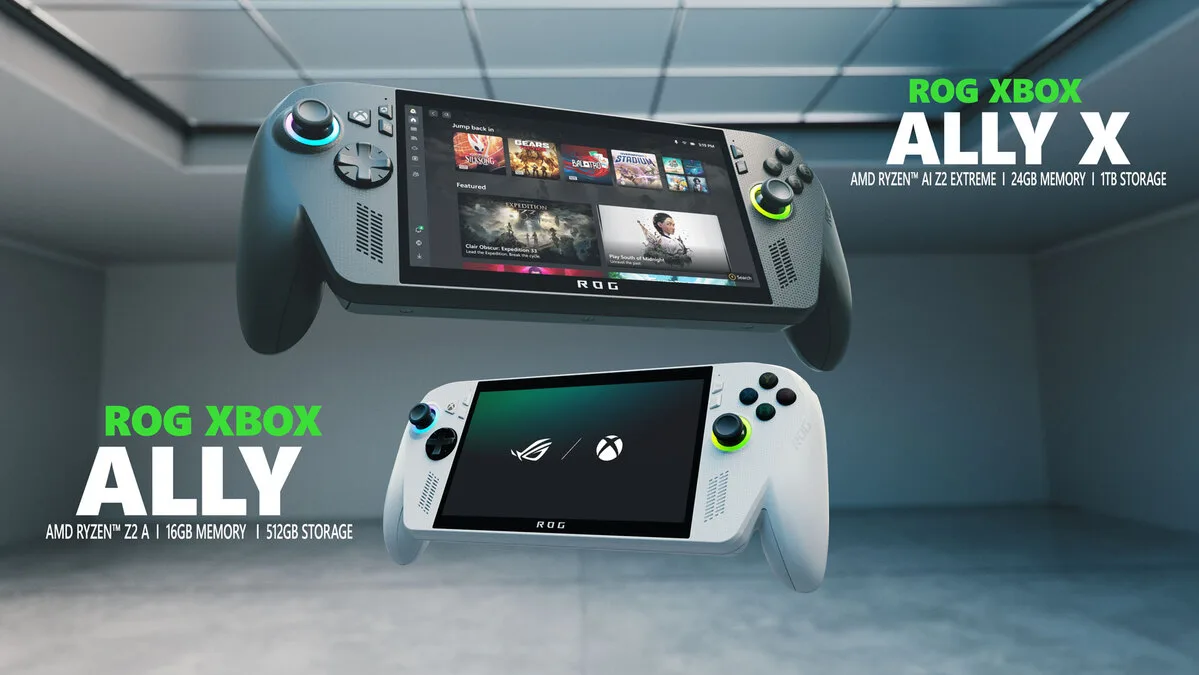
Asus declares ROG Xbox Ally X a breakthrough in handheld gaming
Asus’ Xbox ROG Ally X has exceeded expectations, driving strong momentum in the company’s gaming portfolio, with earnings reports showing billions in USD revenue and profit growth. When Asus unveiled the Xbox ROG Ally X… Asus declares ROG Xbox Ally X a breakthrough in handheld gaming
